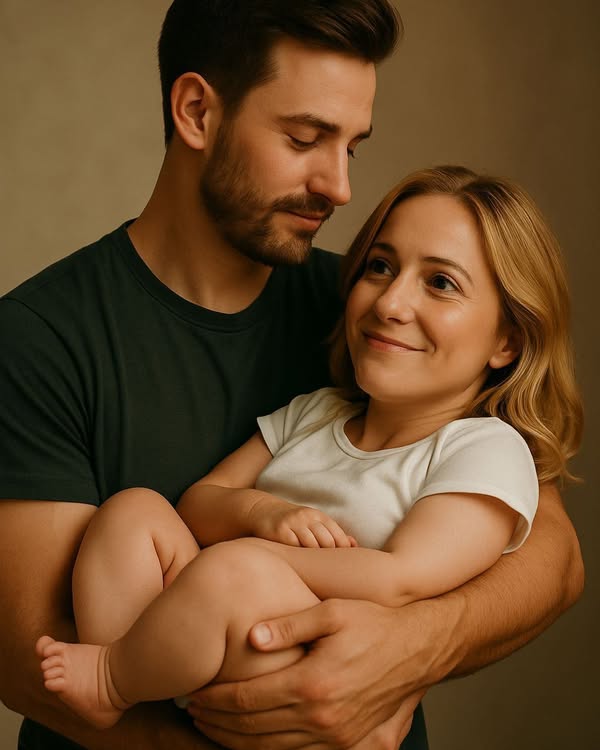Own It
Several years back, I was able to play witness to a small number of US Military Veterans really give a civilian a hard time about gun and tactical training that was being taught. The irony was that the civilian was actually teaching at the behest of most of these individuals just a few months prior. There had been some drama, and the vets couldn't seem to drop it.
This was what really changed my mind as to whom can instruct firearms and tactics classes. Hence, this blog post - which was written shortly after the drama, edited over time, and was way back in the day set to post on the last business day of April this year. Over the years, my perspective matured and refined. Of course, during that time, I took multiple classes myself - and that helped mold my current opinion, as well.
When I take a class and take notes, some of the notes are of what the instructor does well. Some of the notes are about relevant material. And some of the notes are about presentation of the material. When people ask me who the best instructor I've had was, I clarify if they are talking about best instructor as a teacher, or best material, or best presentation. Different people hold the distinctions for each of those categories. And only one of those distinctions belongs to a military person (and no, it is probably not the category you think).
Since the military does not have the corner on the market for shooting, let's dig a little deeper on this topic. Here are the facts:
The military does not have the corner on the market when it comes to shooting.
The military does not have the corner on the market when it comes to tactics.
The military does not have the corner on the market when it comes to team movement.
Law enforcement doesn't either.
And if you ask an infantryman or combat vet, and if he is being honest with himself, he will agree. Why? Because of METT-TC. Another thing they will chalk it up to is "mission dictates."
METT-TC is a mnemonic used by the military to help commanders remember and prioritize what to analyze during the planning phase of any operation. It stands for mission, enemy, terrain, troops available, time, and civilian considerations. In other words - situation dictates.
Because situation dictates, and because civilian situations are almost universally substantially different than military (or law enforcement), skills must be at an all-time high and tactics must differ substantially.
All military operations are looked at with an "acceptable loss" in mind. Depending on the operation, there may be an acceptable loss rate of 60% casualties in some situations. Many situations allow for 33% or higher casualty rate. In civilian operations, there are few scenarios where a single casualty is acceptable. The tactics MUST be different.
Because of all of these facts and factors, I would suggest that not only is it wise to seek gun and tactic instruction from current/former military and also from current/former law enforcement, you also NEED to seek instruction from civilian instructors.
This was what really changed my mind as to whom can instruct firearms and tactics classes. Hence, this blog post - which was written shortly after the drama, edited over time, and was way back in the day set to post on the last business day of April this year. Over the years, my perspective matured and refined. Of course, during that time, I took multiple classes myself - and that helped mold my current opinion, as well.
When I take a class and take notes, some of the notes are of what the instructor does well. Some of the notes are about relevant material. And some of the notes are about presentation of the material. When people ask me who the best instructor I've had was, I clarify if they are talking about best instructor as a teacher, or best material, or best presentation. Different people hold the distinctions for each of those categories. And only one of those distinctions belongs to a military person (and no, it is probably not the category you think).
Since the military does not have the corner on the market for shooting, let's dig a little deeper on this topic. Here are the facts:
The military does not have the corner on the market when it comes to shooting.
The military does not have the corner on the market when it comes to tactics.
The military does not have the corner on the market when it comes to team movement.
Law enforcement doesn't either.
And if you ask an infantryman or combat vet, and if he is being honest with himself, he will agree. Why? Because of METT-TC. Another thing they will chalk it up to is "mission dictates."
METT-TC is a mnemonic used by the military to help commanders remember and prioritize what to analyze during the planning phase of any operation. It stands for mission, enemy, terrain, troops available, time, and civilian considerations. In other words - situation dictates.
Because situation dictates, and because civilian situations are almost universally substantially different than military (or law enforcement), skills must be at an all-time high and tactics must differ substantially.
All military operations are looked at with an "acceptable loss" in mind. Depending on the operation, there may be an acceptable loss rate of 60% casualties in some situations. Many situations allow for 33% or higher casualty rate. In civilian operations, there are few scenarios where a single casualty is acceptable. The tactics MUST be different.
Because of all of these facts and factors, I would suggest that not only is it wise to seek gun and tactic instruction from current/former military and also from current/former law enforcement, you also NEED to seek instruction from civilian instructors.


Comments
Post a Comment
Your comment will be displayed after approval.
Approval depends on what you say and how you say it.